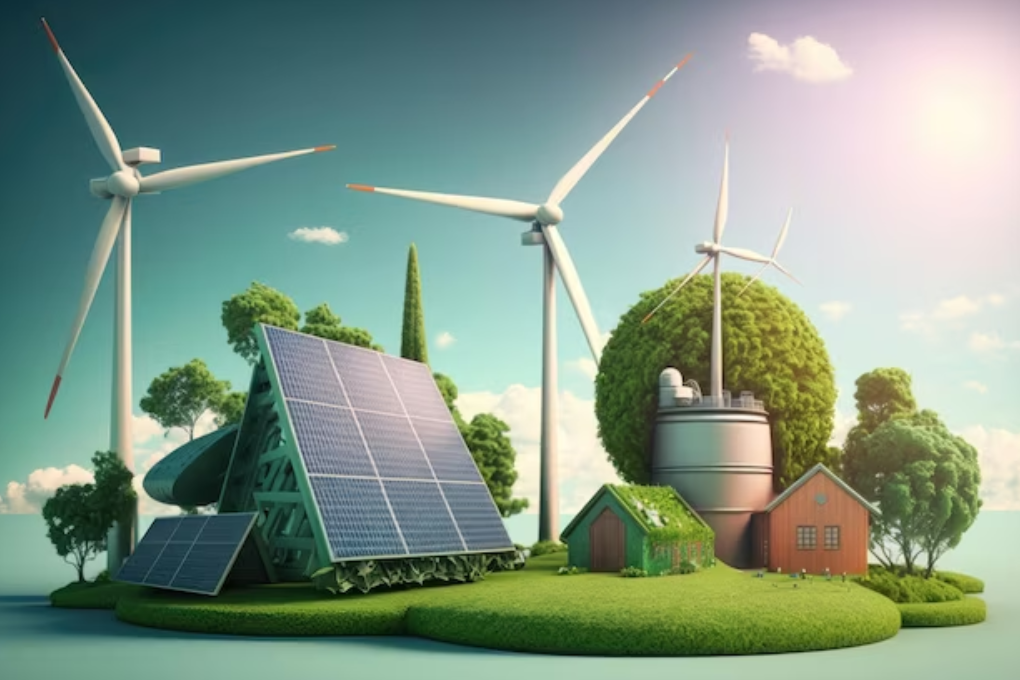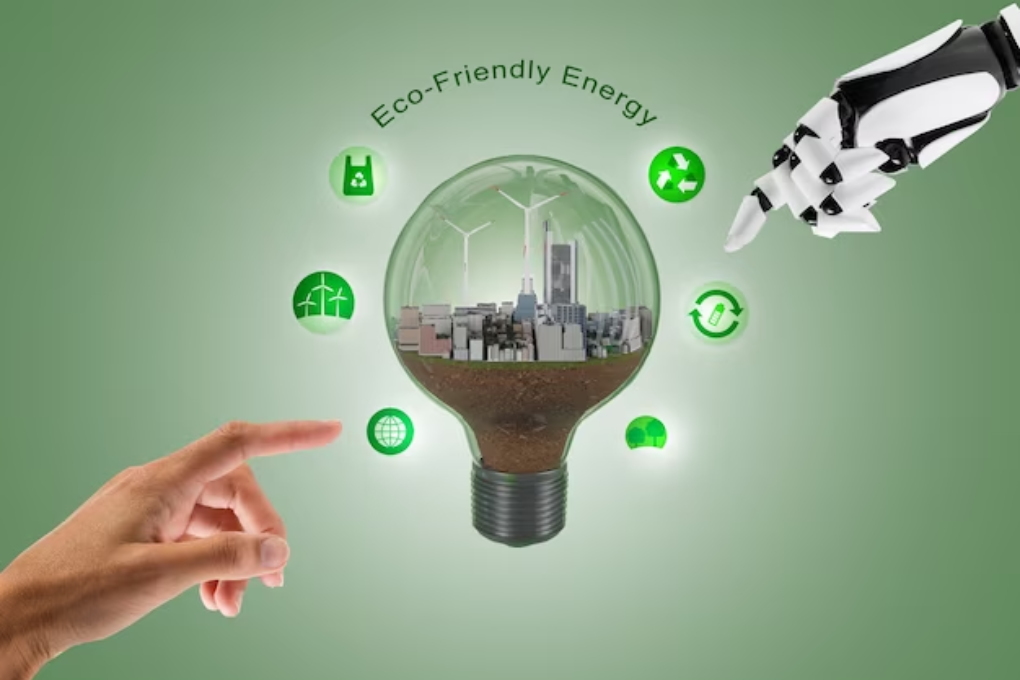Green energy (also known as renewable energy) refers to the energy that comes from renewable resources like sunlight, wind, rain, tides, and geothermal heat, which are constantly replenished compared to fossil fuels, which deplete over time and contribute to climate change. Green energy sources are renewable, sustainable, and have minimal environmental impacts compared to their fossil counterparts; we will explore in this post all of their possibilities for improving life on Earth!
Environmental Benefits
One of the primary drivers behind green energy’s rising popularity is its environmental advantages. Unlike fossil fuels, which release greenhouse gases into the atmosphere and contribute to air pollution and carbon emissions, green energy sources don’t pollute as much or emit as many emissions into our atmosphere, thus helping to mitigate climate change effects and preserve our planet for future generations.

Green energy production does not involve resource extraction, which can often result in habitat destruction and ecosystem disruption. By shifting away from fossil fuels toward greener forms of energy production, we can protect biodiversity while creating a healthier environment.
Green energy production generates no toxic waste or pollutants, reducing environmental contamination risks and associated health hazards, making green energy an increasingly sustainable and safer energy solution than its conventional counterparts.
Energy Independence
Green energy offers another significant benefit: increasing our energy independence. While fossil fuels must often be imported from foreign sources, green energy sources are available and can be harnessed locally, lessening our dependence on foreign energy and strengthening energy security.

By investing in green energy infrastructure, countries can become energy independent, decreasing their vulnerability to geopolitical conflicts and fluctuations in the global energy market. This not only boosts national security but also drives economic stability and growth.
Job Creation
Transitioning to renewable energy offers numerous job-creation opportunities. As demand for these renewable technologies grows, skilled workers in various areas such as manufacturing, installation, maintenance, and R&D become necessary to fulfill demand.

Over 11 million people worked in renewable energy worldwide in 2018, and millions more are likely to do so in the future, according to a report from the International Renewable Energy Agency (IREA). Not only has this boosted economic growth, but it has also provided employment opportunities in regions previously dependent on fossil fuel industries.
Transitioning towards green energy can foster innovation and entrepreneurship by spurring the emergence of new technologies and business models that support renewable energy sectors, leading to sustainable industry creation and the establishment of a green economy.
Cost Savings
Contrary to popular opinion, green energy can result in long-term cost savings. Although initial investments may be higher compared to conventional sources of power, the operational expenses of green energy systems tend to be substantially less.

Installing solar panel systems harnesses free sunlight, lowering electricity bills over time. Wind turbines produce electricity without using fuel, further cutting the costs of energy production while making energy production more accessible for consumers.
Environmental energy costs tend to be more predictable and provide longer-term cost savings and budget predictability by investing in green energy than fossil fuel prices, which tend to fluctuate more erratically than green energy prices. By opting for eco-friendly options such as solar energy and wind power, individuals, businesses, and governments alike can achieve cost savings and long-term budget predictability by switching.
Technological Advancements
Green energy has driven technological innovation across various fields, from energy storage and grid integration to smart energy management. As demand for renewables continues to increase, researchers and engineers are continually devising novel approaches that improve the efficiency, reliability, and scalability of green energy systems.

Energy storage technologies like batteries and pumped hydroelectric storage are becoming more advanced, enabling us to store extra electricity generated from renewable sources such as solar and wind power without experiencing intermittent supply interruptions. This helps combat the intermittent nature of green energies like solar and wind power while guaranteeing reliable electricity delivery to consumers.
Advanced grid integration technologies make renewable energy sources easier to integrate into existing power grids without incurring costly expansion costs. Smart energy management systems play a pivotal role in optimizing energy consumption and minimizing waste.
Overall, technological innovations contribute to improving the efficiency and effectiveness of green energy systems, making them a viable and appealing solution for meeting our energy requirements.
Green energy holds immense potential to transform our world in numerous ways. Not only can it deliver significant environmental advantages, but embracing green energy also increases energy independence, creates job opportunities, leads to cost savings, and spurs technological progress. By adopting this renewable source, we can pave the way towards a sustainable future and ensure a cleaner planet for generations to come.
-
 Top Drinks for Controlling Blood Pressure Levels
Top Drinks for Controlling Blood Pressure Levels -
 The impact of influencer marketing: Tips for achieving success
The impact of influencer marketing: Tips for achieving success










No comment